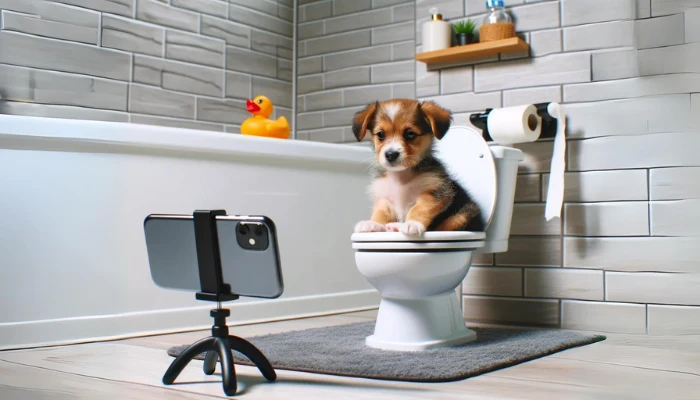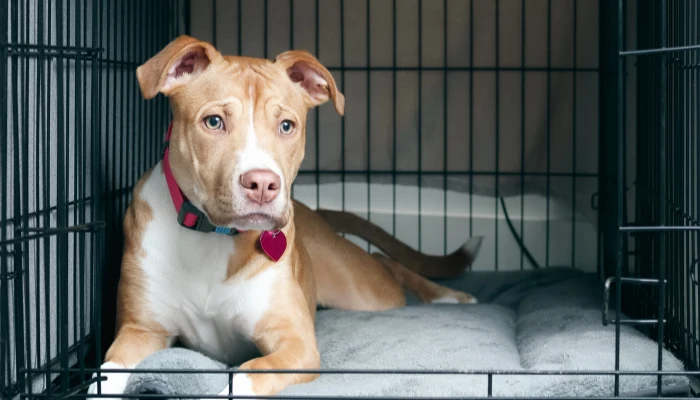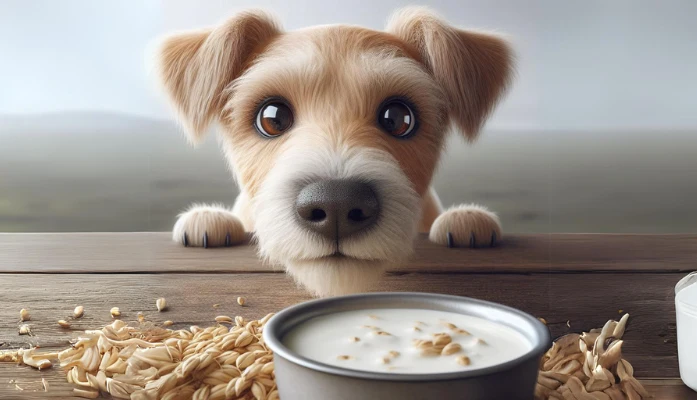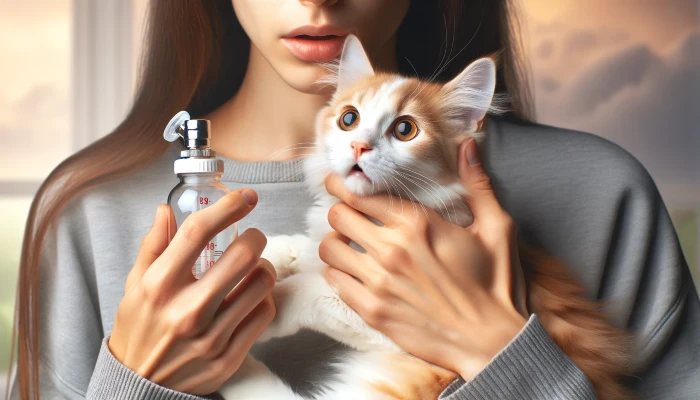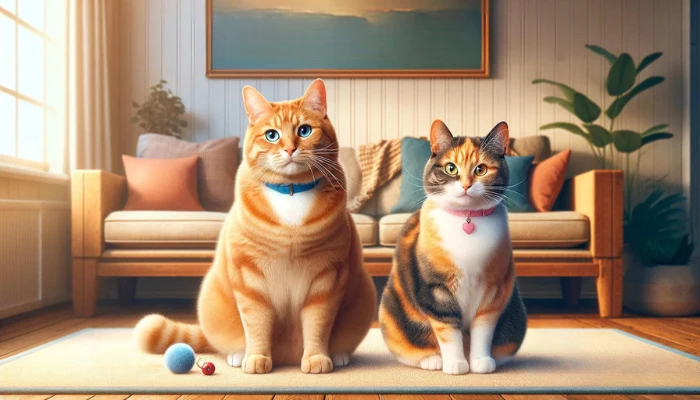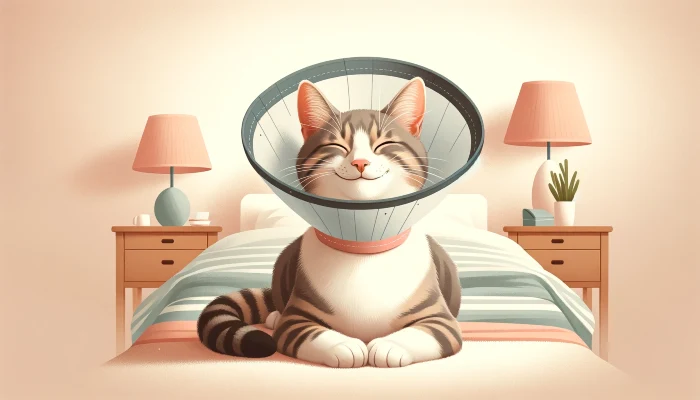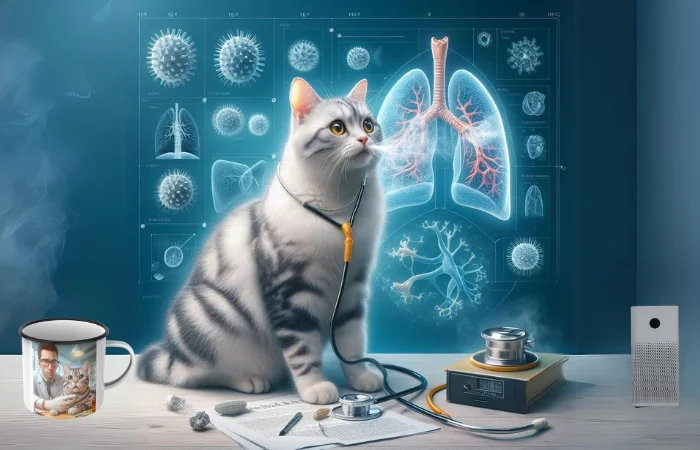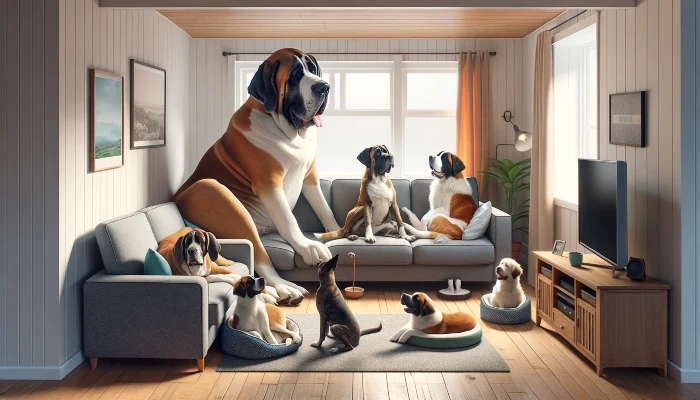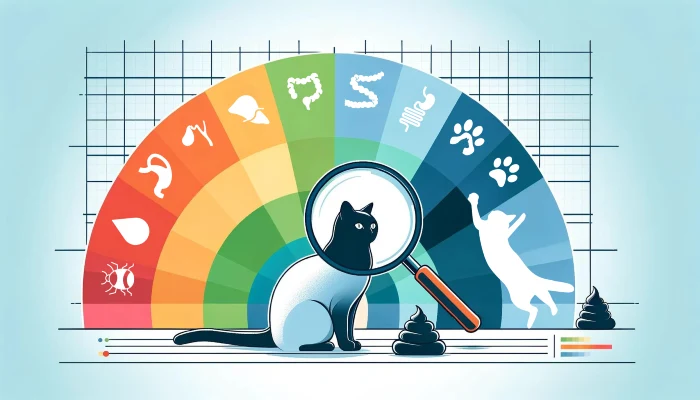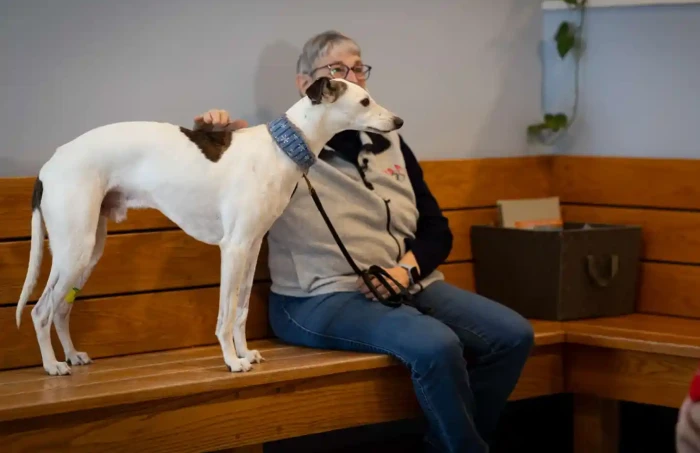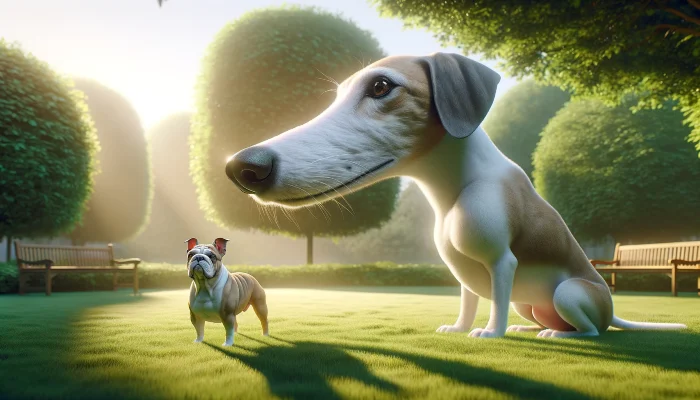Imagine going several years without brushing your teeth or never visiting the dentist.
Sounds horrible, doesn’t it?
This is, unfortunately, the reality for many pets. While those adorable doggy or kitty smiles might seem perpetually fresh, our furry friends also face dental health challenges, much like we do.
In this article, we’ll delve into why maintaining your pet’s dental health is not just essential for fresh breath but vital for overall well-being.
But first, let’s examine why our precious pups have more problems than their wild counterparts, because (spoiler alert), it’s technically our fault!
From Wild to Domesticated: Why Our Modern Pets Face More Dental Woes
It’s a fascinating paradox: while our domesticated canine companions live in the lap of luxury, their wild counterparts, despite facing numerous challenges, don’t seem to grapple with dental issues quite as much.
Why is this the case?
The shift from the wild to our living rooms has been accompanied by a considerable change in diet, and this lies at the crux of the issue.

A Glimpse at the Wild Diet
In the wild, a dog’s diet consists mostly of raw meat, bones, and occasional plants and fruits. Chewing on bones and raw meat acts as a natural toothbrush, scraping off plaque and tartar.
This diet is high in protein and generally lacks the sugars and complex carbohydrates found in many modern pet foods.
Domestication and Diet Dilemma
Enter the age of domestication. As dogs transitioned from wild hunters to pampered pets, their diets evolved significantly.
Processed Foods
While convenient, many commercial dog foods can leave residues on teeth that, combined with saliva and minerals, form plaque. Over time, this plaque hardens to tartar, leading to dental diseases.
Sugary Treats and Human Foods
Occasionally, we’re all guilty of sneaking our pets a treat from the table.
However, foods not formulated for dogs, especially those containing sugars, can contribute significantly to dental problems. Wild dogs don’t indulge in sugary or processed foods, eliminating a significant risk factor.
This isn’t surprising, after all, humans have experienced the same issue as the popularity of sugar exploded and the cost dropped, making it accessible to everyone. Before sugar was everywhere, people rarely had cavities!
Soft Foods
Wet or soft foods, common in a pet’s diet, don’t provide the abrasive action that raw bones and meat offer in a wild diet. This lack of natural cleaning can contribute to faster plaque accumulation.
A Return to Roots (Sort Of)
Understanding this diet disparity, many pet owners and veterinarians advocate for dental health diets or treats that mimic the abrasive action of a wild diet.
While we can’t (and shouldn’t) recreate a wild environment for our domesticated pals, being aware of the dietary differences allows us to make better choices for their dental health.
While we’ve provided them with countless comforts, we’ve inadvertently introduced them to a world of dental dilemmas. Being aware of this shift allows us to take proactive steps to ensure their pearly whites remain healthy and strong.
Dangers of Neglecting Dental Health
Oral health directly correlates with the overall health of your pet. Ignoring it can lead to severe consequences.
Tooth Loss: Just like in humans, untreated dental disease can lead to tooth loss in pets. This not only affects their appearance, but also their ability to eat properly.
Pain and Discomfort: Dental issues can be incredibly painful. A pet with a toothache or gingivitis might not show it overtly, but their discomfort can manifest in reduced appetite or irritability.
Systemic Illnesses: Bacteria from dental diseases can enter the bloodstream, affecting vital organs like the heart, kidneys, and liver, leading to severe complications that can significantly reduce the life span of your pet.
Symptoms of Dental Disease
It’s crucial to recognize the signs of dental issues early on. Here’s what you should be on the lookout for:
Bad Breath: While pet breath isn’t expected to smell minty fresh, a particularly foul odor might be a sign of dental problems.
Yellow or Brown Buildup on Teeth: This is tartar, and its presence can lead to gum disease.

Difficulty Eating: Your pet might drop food from its mouth, chew on one side, or eat slower than usual.
Loose or Missing Teeth: This can be a sign of advanced dental disease or trauma.
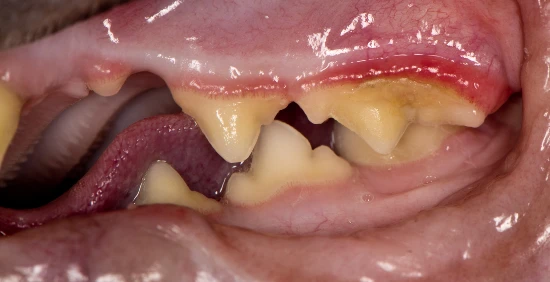
Swollen, Red, or Bleeding Gums: These are symptoms of gingivitis and can be quite painful for your pet.
Pawing at the Mouth or Face: This can indicate pain or discomfort in the mouth area.
Prevention is Better Than Cure: Dental Health Best Practices
Regular Dental Check-ups: Just as you visit the dentist, regular dental check-ups with your vet are essential. They can spot potential issues before they become severe.
Brushing: Yes, pets need their teeth brushed too! Use a pet-specific toothbrush and toothpaste (never use human toothpaste). Start slow and make the experience positive to get your pet accustomed to the routine. It’s a good idea to start your pet on a brushing routine at an early age to make it easier to get them accustomed to having their teeth brushed.
Dental Chews and Toys: These can help reduce tartar build-up and promote gum health. However, they’re not a replacement for brushing.
Professional Cleanings: Sometimes, despite our best efforts, pets need professional dental cleanings. This involves putting your pet under anesthesia to clean and examine each tooth closely.
Healthy Diet: Feed your pet high-quality, dental-friendly food. Some brands have formulations that help reduce tartar and plaque.
More To Discover
- Disaster Preparedness for Pet Owners (7 Tips To Follow For Peace of Mind)
- The Ultimate Guide to Dog Obesity Prevention & Treatment: Exercise Tips, Diet Adjustments, Healthy Recipes, Action Lists, and More
- Cats at Their Healthiest: Essential Vaccines, Their Benefits, and Average Costs Explained
- Moving to Germany with Your Pet? Here’s What You Need to Know!
The importance of your pet’s dental health extends far beyond avoiding bad breath.
It’s an integral aspect of their overall health and well-being. By recognizing the symptoms of dental disease and practicing preventive care, you can ensure your furry companion stays healthy and happy.
After all, a bright, pain-free smile is a universal sign of a joyful pet!









